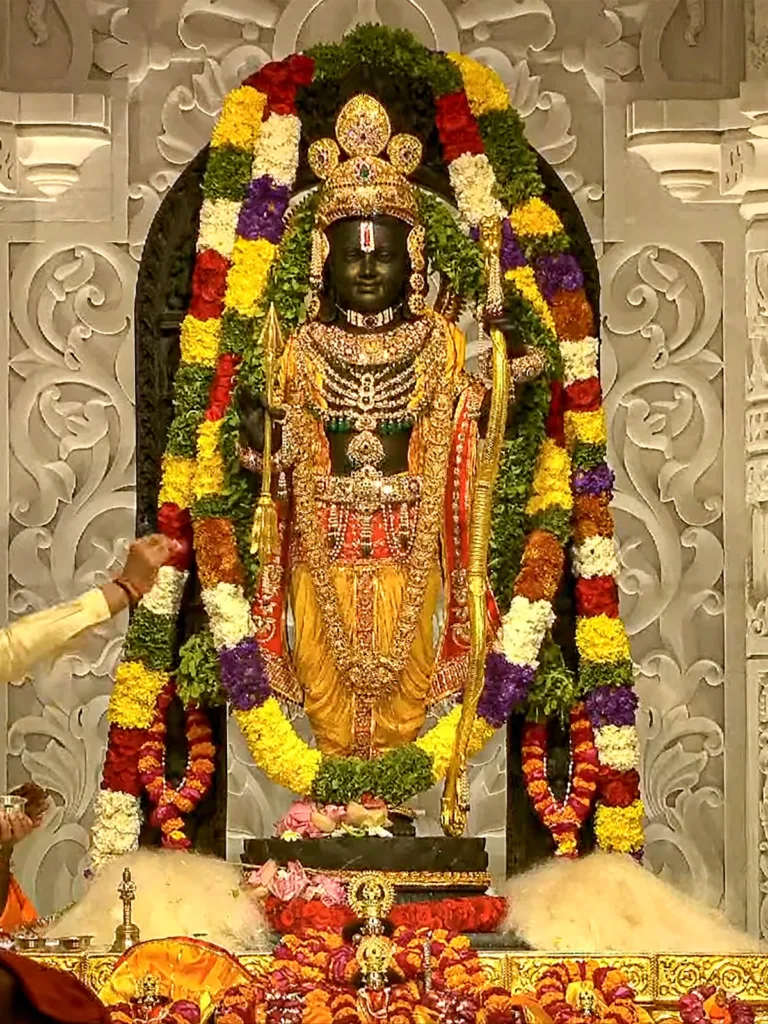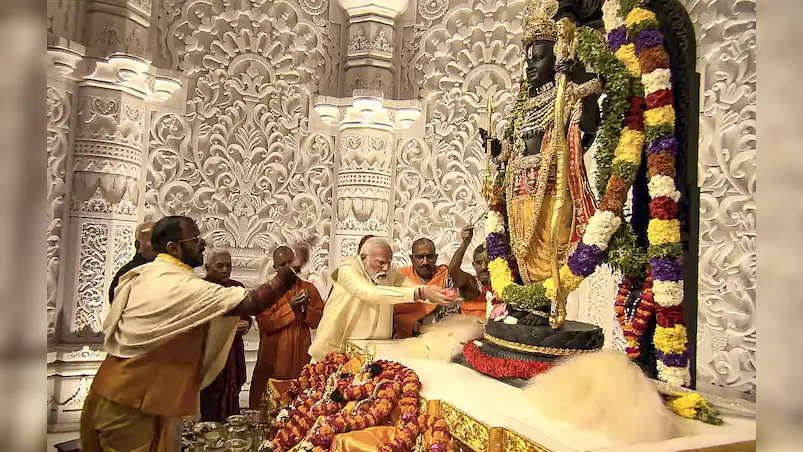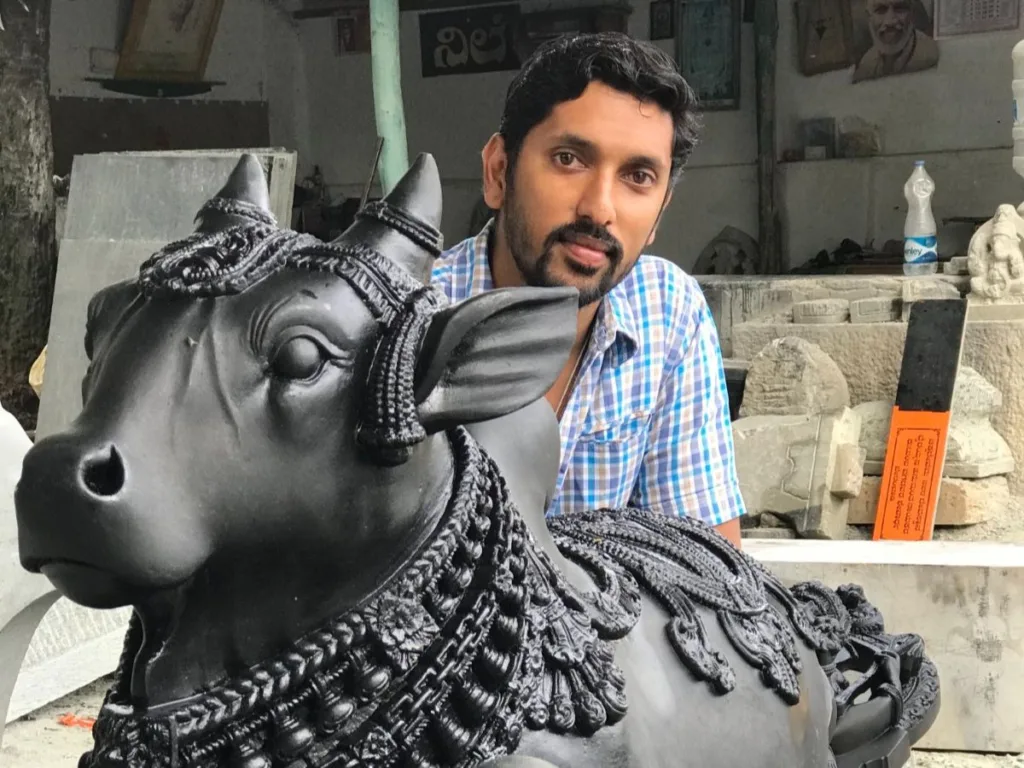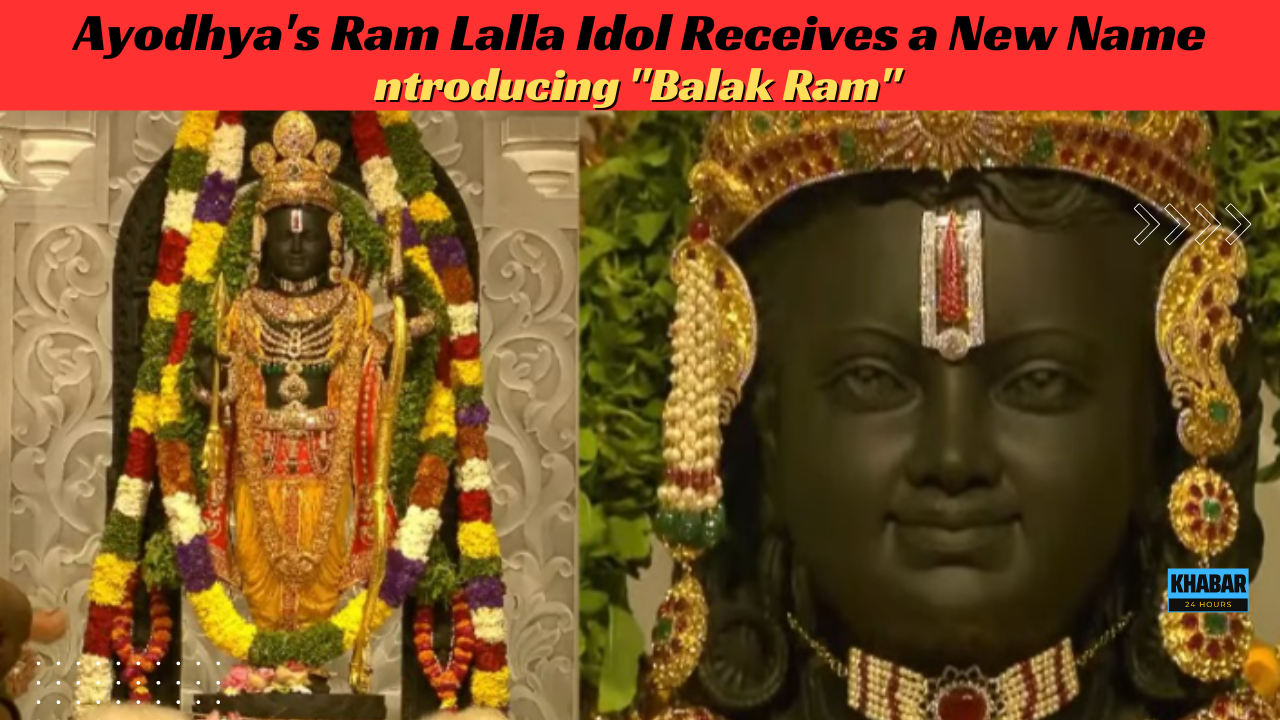
The newly installed idol of Lord Ram at the grand Ram Mandir in Ayodhya has been bestowed with a new name: Balak Ram. This signifies the idol’s depiction of the deity as a young boy, approximately five years old. This naming reflects the tenderness and innocence associated with Lord Ram’s early life, resonating deeply with devotees.
The iconic Ram Lalla idol at the Ayodhya Ram Mandir has received a new name, symbolizing his youthful depiction. Explore the significance of “Balak Ram” and its connection to Hindu beliefs. Headings:
- A Gift of Tenderness: The Meaning Behind “Balak Ram”
- From Ram Lalla to Balak Ram: Unveiling the New Idol
- A Beacon of Hope: What This Naming Means for Devotees
- Visiting Balak Ram: Planning Your Pilgrimage to Ayodhya
The idol of Lord Ram Lalla, measuring 51 inches, was sculpted by Arun Yogiraj from Mysuru and carved from a rock that dates back three billion years.
According to a report by PTI citing a priest involved in the consecration ceremony, the recently inaugurated idol of Lord Ram Lalla at the Ram Temple in Ayodhya will be referred to as “Balak Ram,” portraying the deity in the form of a standing five-year-old boy.

Arun Dixit, a priest involved in the consecration ceremony, stated to PTI that the idol of Lord Ram, consecrated on January 22, has been named “Balak Ram” because it portrays the deity as a child of five years old, resembling his youthful form.
The 51-inch statue, meticulously crafted by sculptor Arun Yogiraj of Mysuru, is sculpted from a three-billion-year-old rock known as azure-colored Krishna Shile, sourced from Gujjegowdanapura in Jayapura Hobli, HD Kote Taluk of Mysuru. This metamorphic rock, often called soapstone for its smooth texture, is highly favored by sculptors for its fine-to-medium grain, making it perfect for carving idols.
Adorned in traditional attire, the idol wears a yellow dhoti and a red ‘pataka’ or ‘angavastram,’ both made from Banarasi fabric. The ‘angavastram’ is intricately decorated with pure gold ‘zari’ and threads, featuring auspicious Vaishnav symbols like ‘shankh,’ ‘padma,’ ‘chakra,’ and ‘mayur.’
Three sculptors, namely Ganesh Bhatt, Yogiraj, and Satyanarayan Pandey, crafted the Rama Lalla idols for the temple. According to the temple trust, one of these idols will be installed in the sanctum sanctorum, while the other two will be placed in different sections of the temple.
Following the ‘pran prathishtha’ ceremony, a significant number of devotees have been visiting the Ram Temple. Prime Minister Narendra Modi presided over the grand consecration ceremony of Lord Ram Lalla’s idol on Monday. The previous idol of Ram Lalla, formerly housed in a makeshift shrine, has now been relocated to a position in front of the newly consecrated idol.

After the pran pratishtha ceremony for Ram Lalla, the Ram Mandir in Ayodhya welcomed devotees as it opened to the general public on Tuesday. A large crowd, consisting of both locals and people from other states, had gathered outside the temple gates since Monday night, eagerly waiting to enter the premises amidst stringent security measures.

The most significant increase in crowd density was observed along the two-kilometer stretch of the Bhakti Path and the Ram Path, leading to the Ram Mandir. By early Tuesday morning, a queue spanning several kilometers had already formed. Although devotees were allowed entry in batches, the growing crowd prompted security personnel to temporarily close the temple gates to regulate the flow.

